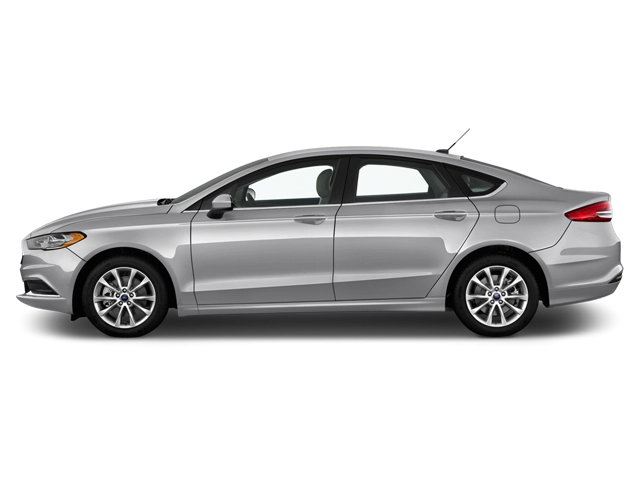2011 Ford Fusion Hybrid Owner's Manual

Table of Contents
2011 Ford Fusion Hybrid Overview
Introduction
The 2011 Ford Fusion Hybrid is a remarkable example of melding comfort, style, and efficiency in a midsize sedan. With a bold design and a commitment to eco-friendliness, the Fusion Hybrid stands out in a crowded market, appealing to environmentally conscious drivers who want both performance and practicality. This vehicle delivers a smooth ride while effectively minimizing its carbon footprint, making it an ideal choice for urban commuters and families alike.
Powertrains
The 2011 Fusion Hybrid is powered by a sophisticated combination of a 2.5-liter four-cylinder engine paired with an electric motor. This innovative powertrain generates a combined output of 191 horsepower while achieving an impressive EPA-rated fuel economy of 41 mpg in the city and 36 mpg on the highway. The Hybrid system allows for seamless transitions between electric and gasoline power, providing a responsive driving experience with reduced emissions.
Trims
This model is offered in two well-equipped trims: the base SE and the upscale SEL. The SE trim comes generously equipped with features such as automatic climate control, a power driver's seat, and a premium sound system. The SEL trim enhances the interior with additional luxury options, including leather upholstery, heated front seats, and advanced technological features such as a navigation system and a rear-view camera, ensuring a sophisticated driving experience.
Features
Inside the 2011 Fusion Hybrid, occupants are treated to a spacious cabin filled with modern amenities. Standard features include Bluetooth connectivity, a six-speaker stereo system, and a USB port for easy device integration. Safety is paramount, with features like traction control, stability control, and multiple airbags. The intuitive layout of controls and available touchscreen displays also elevates convenience for drivers and passengers alike.
Owners Manual
The owner's manual for the 2011 Ford Fusion Hybrid provides essential information on vehicle operation and maintenance. It includes guidelines for optimal fuel economy, safety tips, and detailed explanations of all features and controls. Additionally, the manual offers troubleshooting tips for common issues, ensuring that owners can maintain their vehicle's performance and longevity with ease.
User manual download
The Ford Fusion Hybrid owner manual for the 2011 model year is to be found in PDF downloadable format on this page. The owner manual for the model year 2011 is free and in English, but the repair manuals are usually not easy to get and may cost more.
Manual Questions
Fill the form below and someone will help you!

